Most Popular
Well-curated
[Well-curated] Eat imperfect veggies, play with clay and delve into the history of books
By Song Seung-hyun, Lee Si-jin, Hwang Dong-heePublished : Nov. 18, 2022 - 09:01
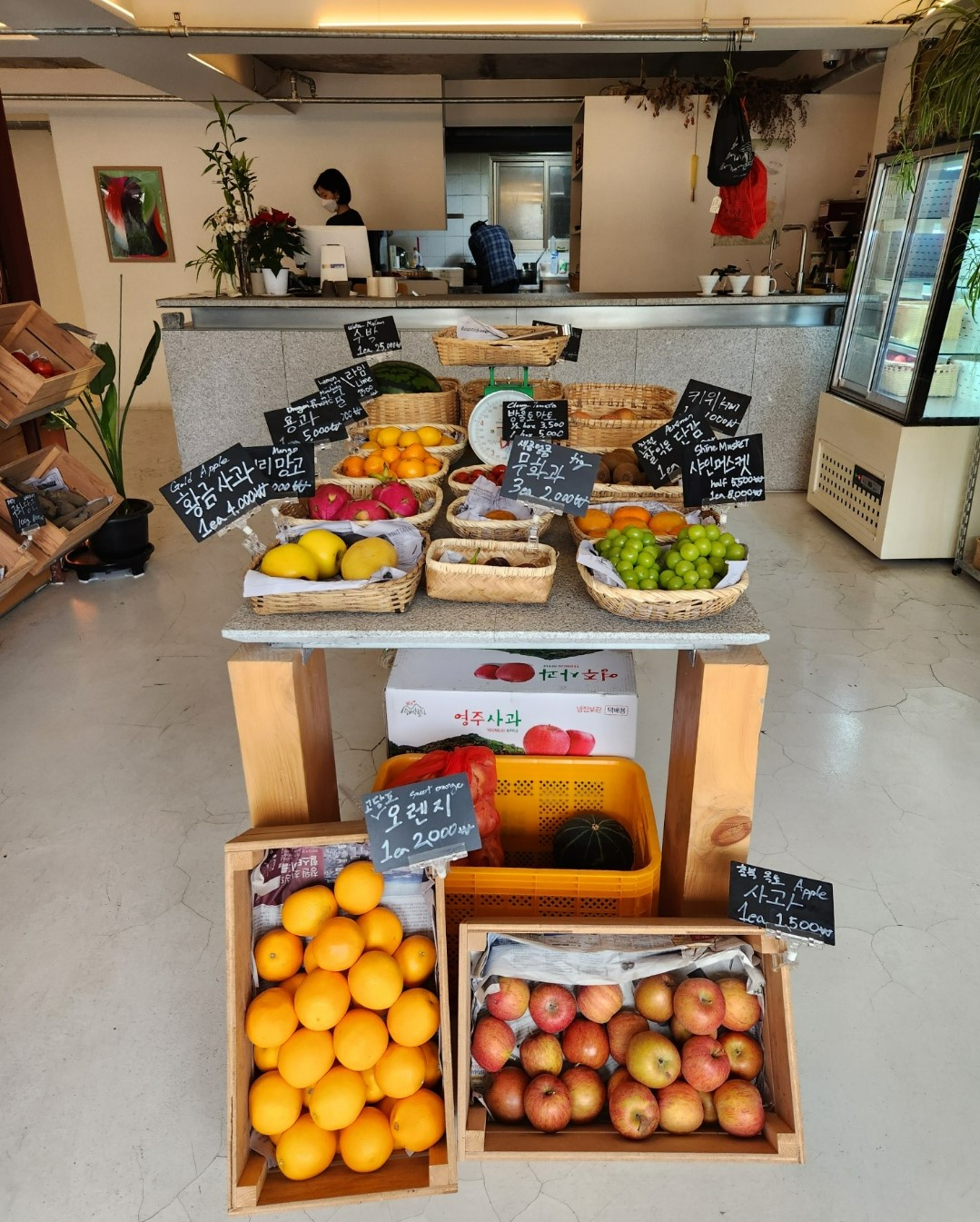
With Autumn leaves starting to fall and the air getting colder, you might be looking for a unique, indoor activity to spend during the upcoming weekend. With the day of giving thanks for harvest around the corner, let's begin with how we can appreciate 'ugly' vegetables and fruits before introducing some indoor activities that can enrich your craftsmanship and knowledge.
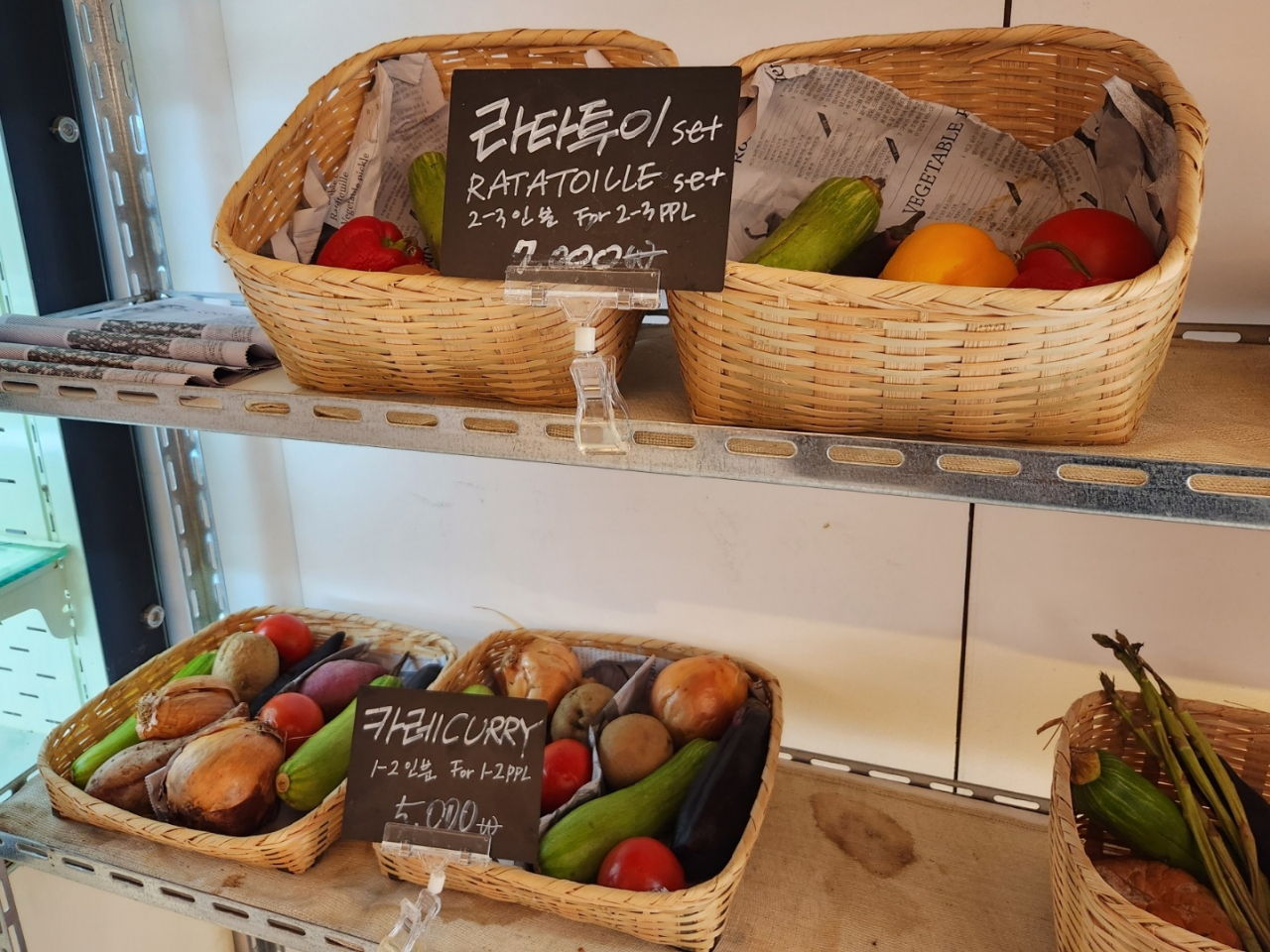
Perfect store for imperfect veggies and fruits
For those who wish to do some grocery shopping and also enjoy some delectable meals, Hmm Market -- the name meaning "flaws" in Korean -- is the place to go.
Located in Haebangchon in central Seoul the store, which opened in September last year, gives a second chance to ugly vegetables and fruits that are usually thrown away during the distribution process.
Displayed fruits and vegetables can be purchased individually.
There is also a separate shelve with baskets that contain a set of ingredients for making certain special dishes such as ratatouille and vegetable curry.
The store also provides both Korean and English recipes for these dishes for free.
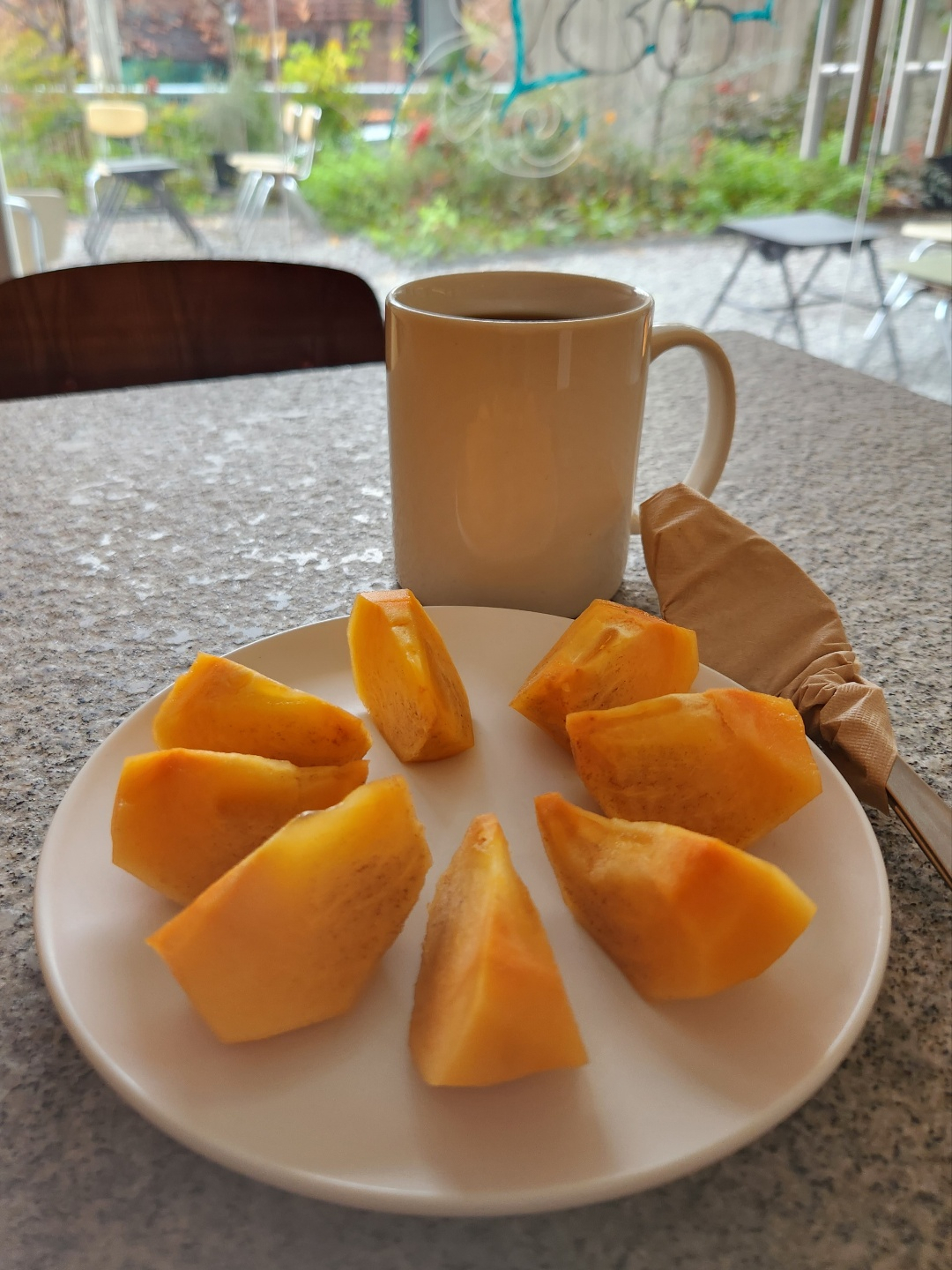
Among the displayed fruits, visitors can also select the ones they want to eat at the store and bring it to the counter. Then, they can be sliced to be served to your table.
The store also operates a restaurant. The food offered here is also cooked with ugly fruits and vegetables. There are also has some vegan options such as a small plate, which includes a bread biscuit, apple jam, salad, and vegetable fried rice.
The store owner especially recommends its sandwiches and special kinds of pasta, including green pasta made with spinach cilantro pesto and seafood mushroom pasta made with dried tomato and dill.
There are also coffee and wine options.
Customers can also purchase five special kinds of sauces -- miso-lime aioli, spinach cilantro pesto, tofu, romesco and oyster mushroom aioli -- that are also used in the food that is sold at the store.
From Tuesday to Friday the restaurant opens from noon to 9 p.m. From 4 p.m. to 5 p.m. is their break time. Also, on the weekend, the cafe opens from noon to 10 p.m. without any break time. It is closed on Mondays.
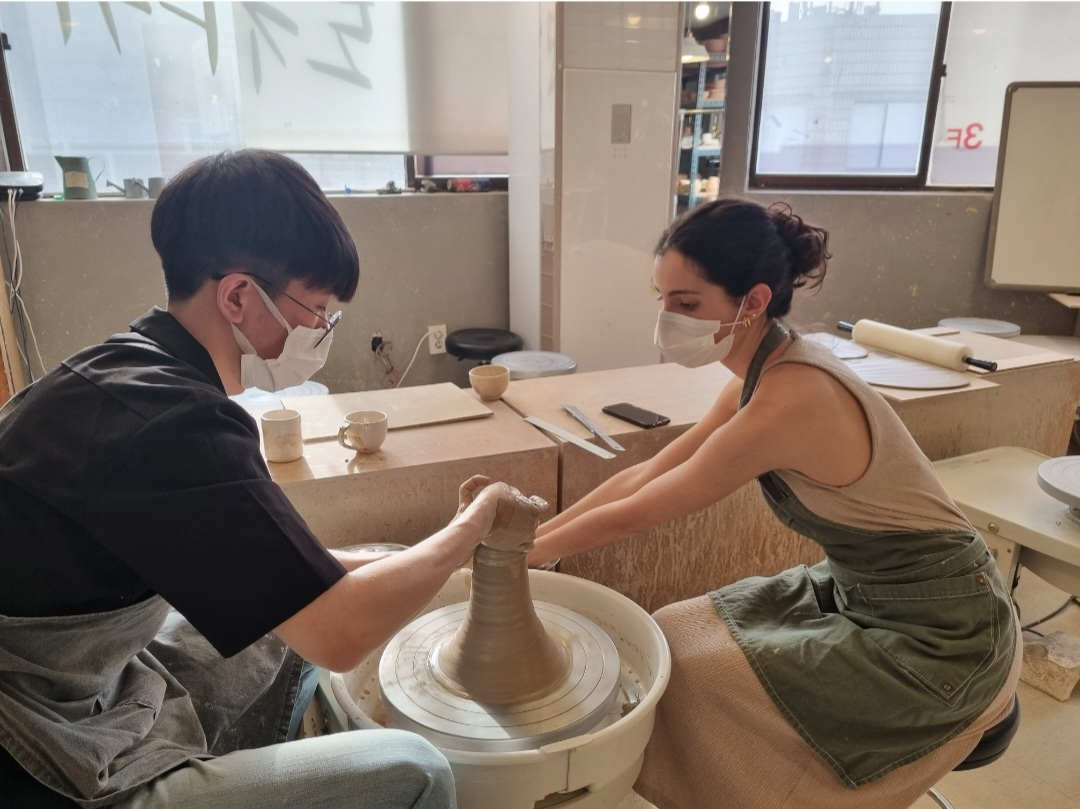
Unique pottery making experience
If you want to experience a glimpse of Korean pottery tradition, Anna Pottery is the worth a visit.
The studio is 3 to 4 minutes' walk from Guui Station Exit No. 2 on Subway Line No. 2 -- turn left from the exit and walk down the small alley and you will soon see a branch of Tous Les Jours on the ground floor. Anna Pottery is located on the third floor of the same building.
While the cozy studio welcomes visitors with the warm, orange lights and displays of artwork, a total of three one-day classes -- hand-making pottery, throwing pottery using a wheel, and glass craft -- are offered to the visitors.
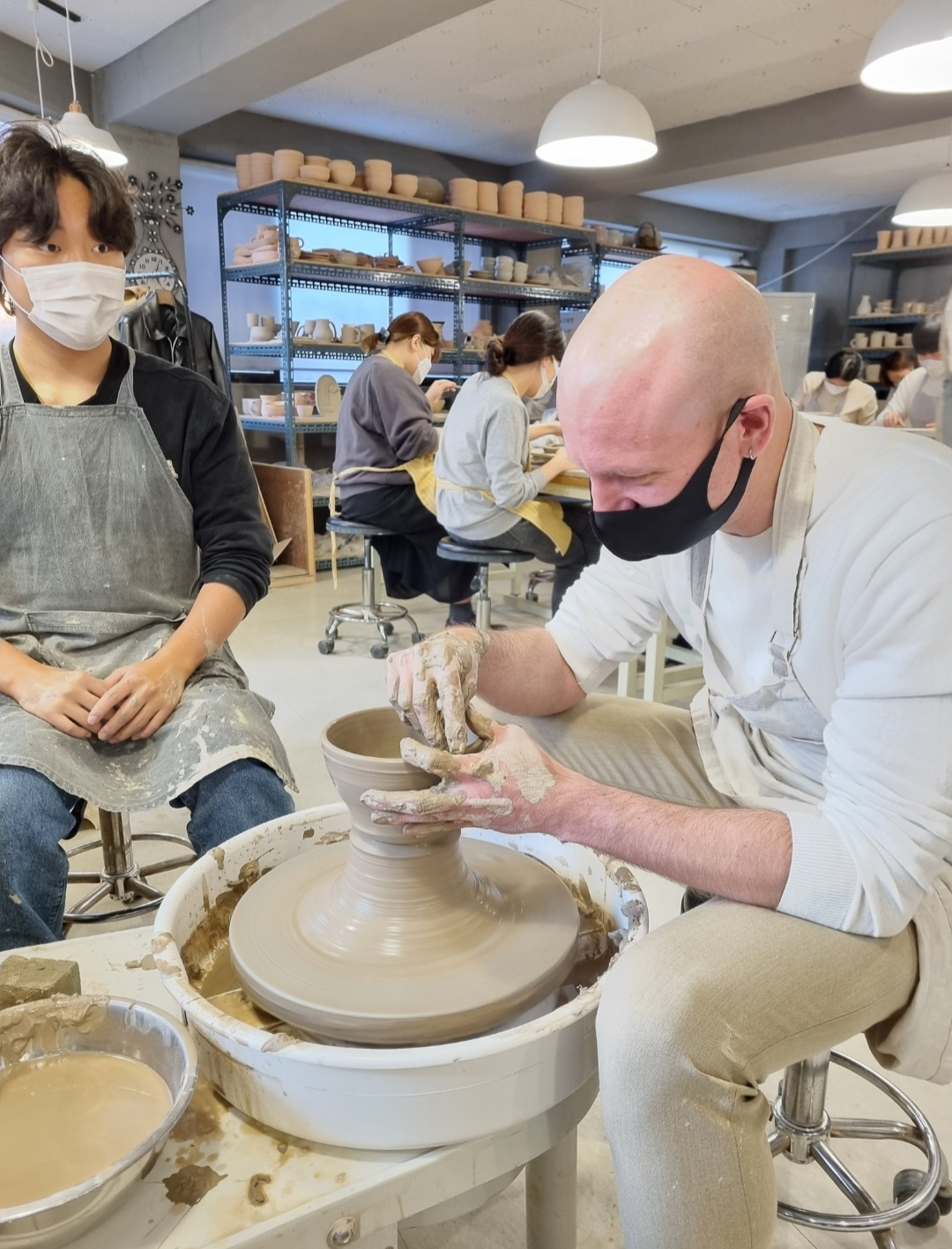
“Making a bowl or plate with a pottery wheel is very popular. Because our teachers will try to spend time and guide the students one-on-one, visitors can enjoy the pottery making experience to the fullest,” Park Anna, the CEO of Anna Pottery told The Korea Herald.
The visitors can make a reservation via Naver Booking. But Park said that contacting her by phone will be more convenient as visitors can arrange their booking freely and choose the best time to visit the pottery studio. Park’s phone number can be found on the studio's official Instagram account.
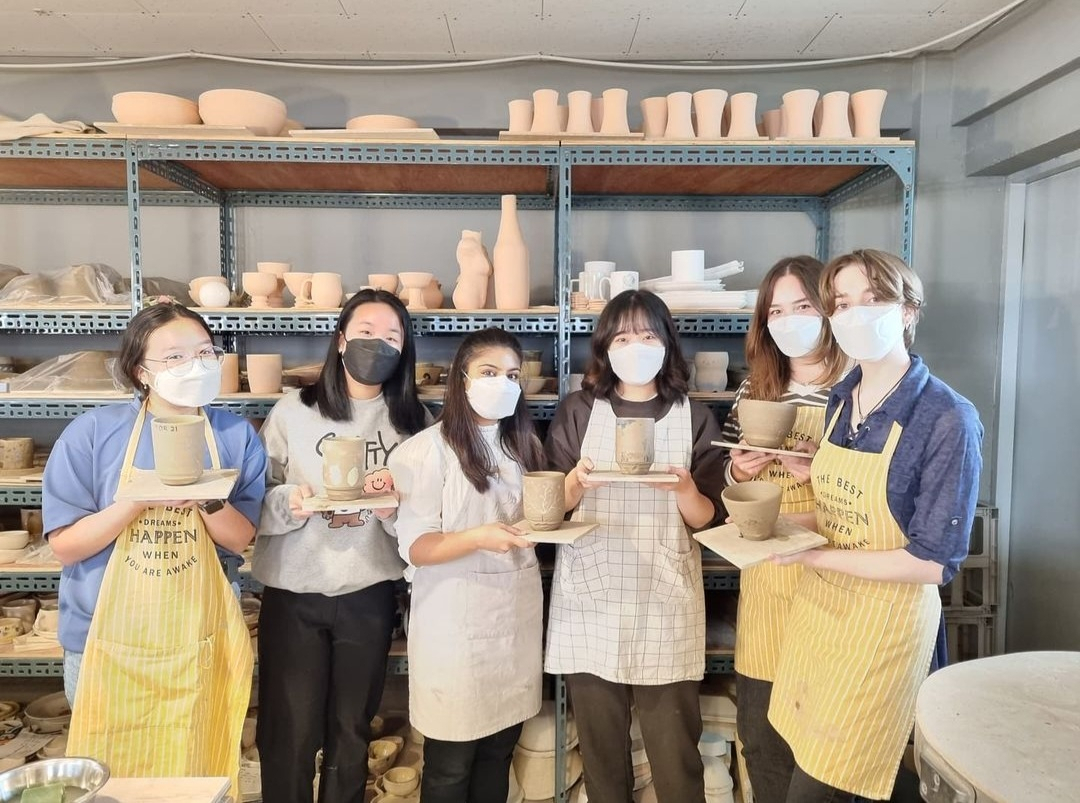
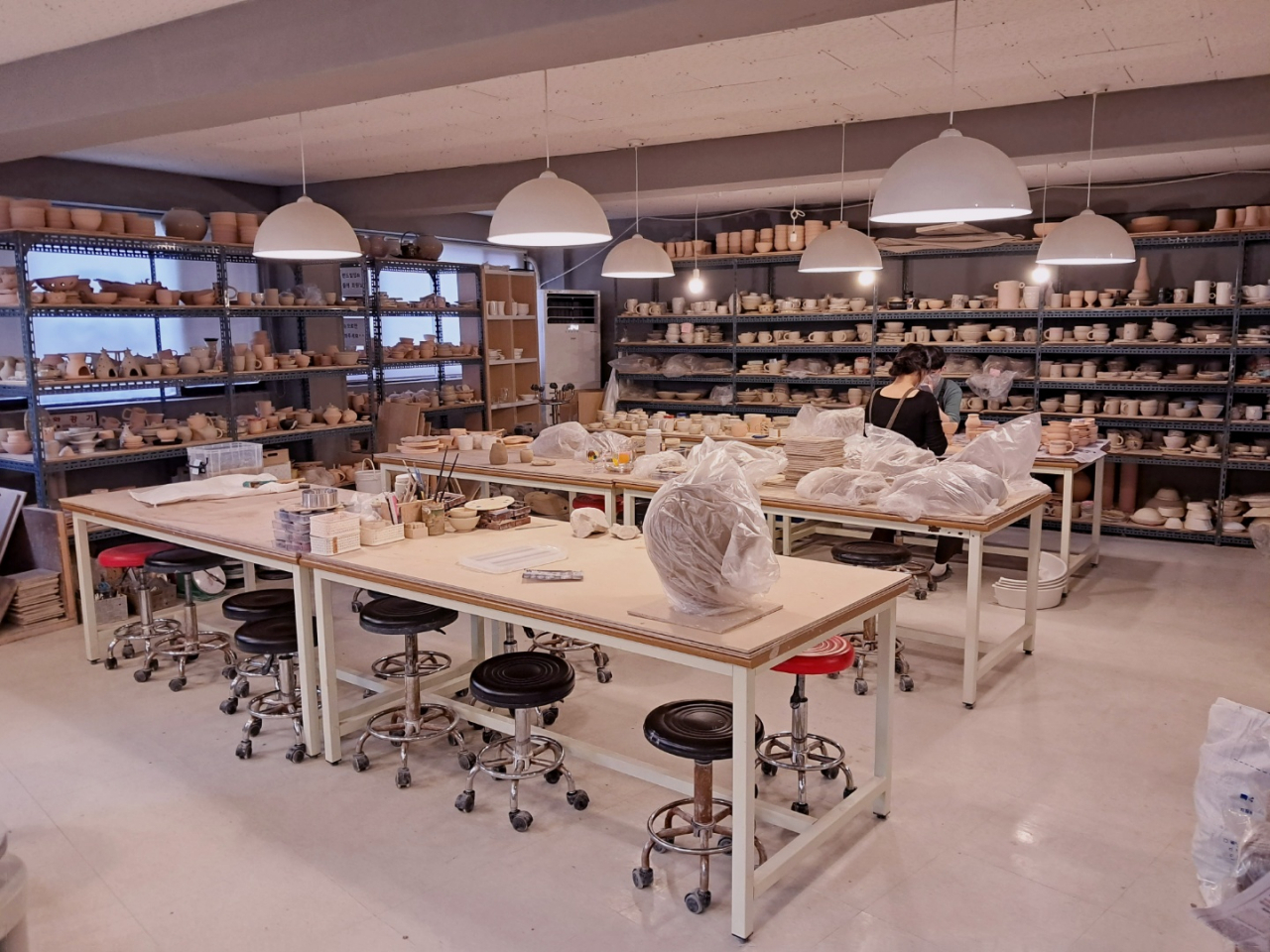
“Although Anna Pottery does not have English instructors, our teachers can certainly communicate with overseas students with basic instructions. Many foreign visitors have been satisfied and did not feel any difficulties in enjoying our hands-on programs,” Park added.
Visitors can make two pieces of art in each class.
While the hand building course and pottery wheel class cost 50,000 won and 60,000 won, respectively. Both classes are offered at 40,000 won for children.
The glass craft costs 60,000 won for all ages.
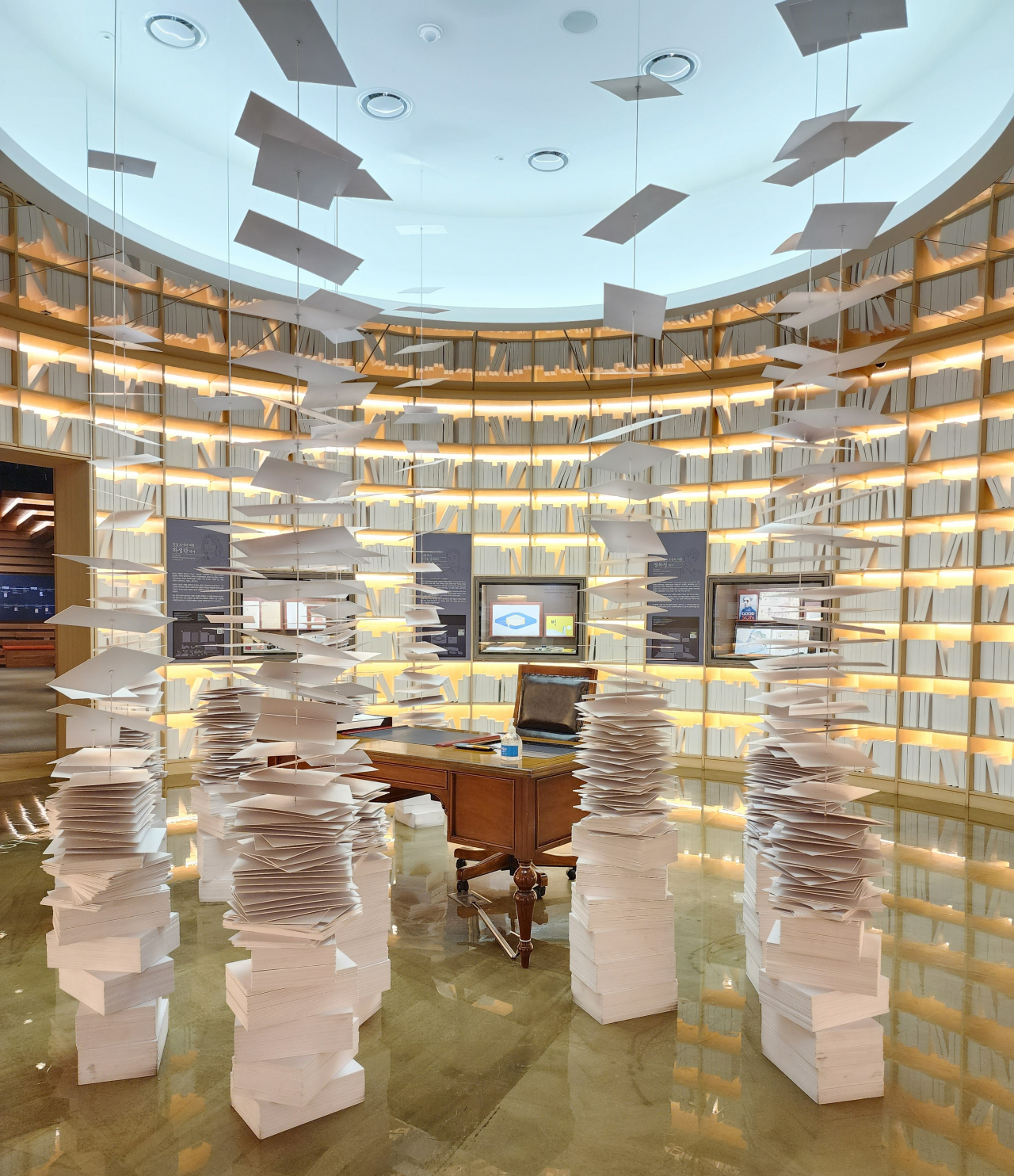
Songpa Book Museum for book lovers
Songpa Book Museum is the first book-themed public museum, opening in 2019.
It is located about five minutes' walk from Songpa Station Exit No. 4 in the direction of Haenuri Elementary School.
The museum holds more than 13,000 books and 8,000 book-related relics in its collection.
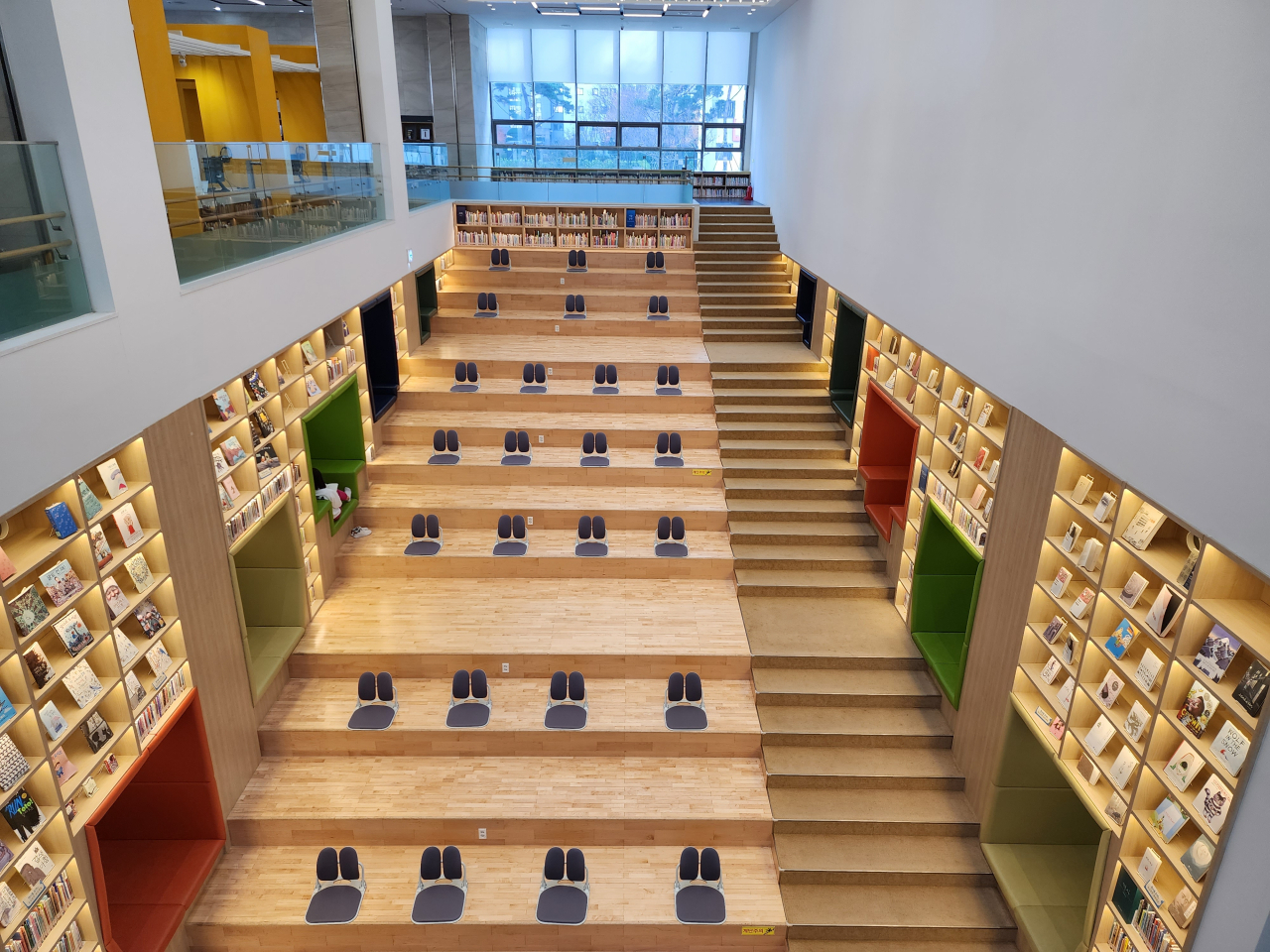
The Eoullim Hall on the first floor is a staircase connecting the first and the second floors. Books are everywhere you look, so don’t hesitate to pick one up and relax on one of their cozy sofas.
Up on the second floor is the Media Library and Exhibition Hall. The Media Library is equipped with computers, DVDs and iPads which you can freely enjoy different digital content such as e-books, movies and music. Magazines on topics are also available.
The main exhibition consists of three parts: Relish the Culture, Communication and Creation.
The first part shows the reading culture during the Joseon Dynasty, how nobility called “yangban” read and collected books, their must-read collection and well-known reading figures such as King Sejong.
The second part displays the history of reading culture for over 100 years from 1910 to the present. Korea’s best sellers through different generations are exhibited.
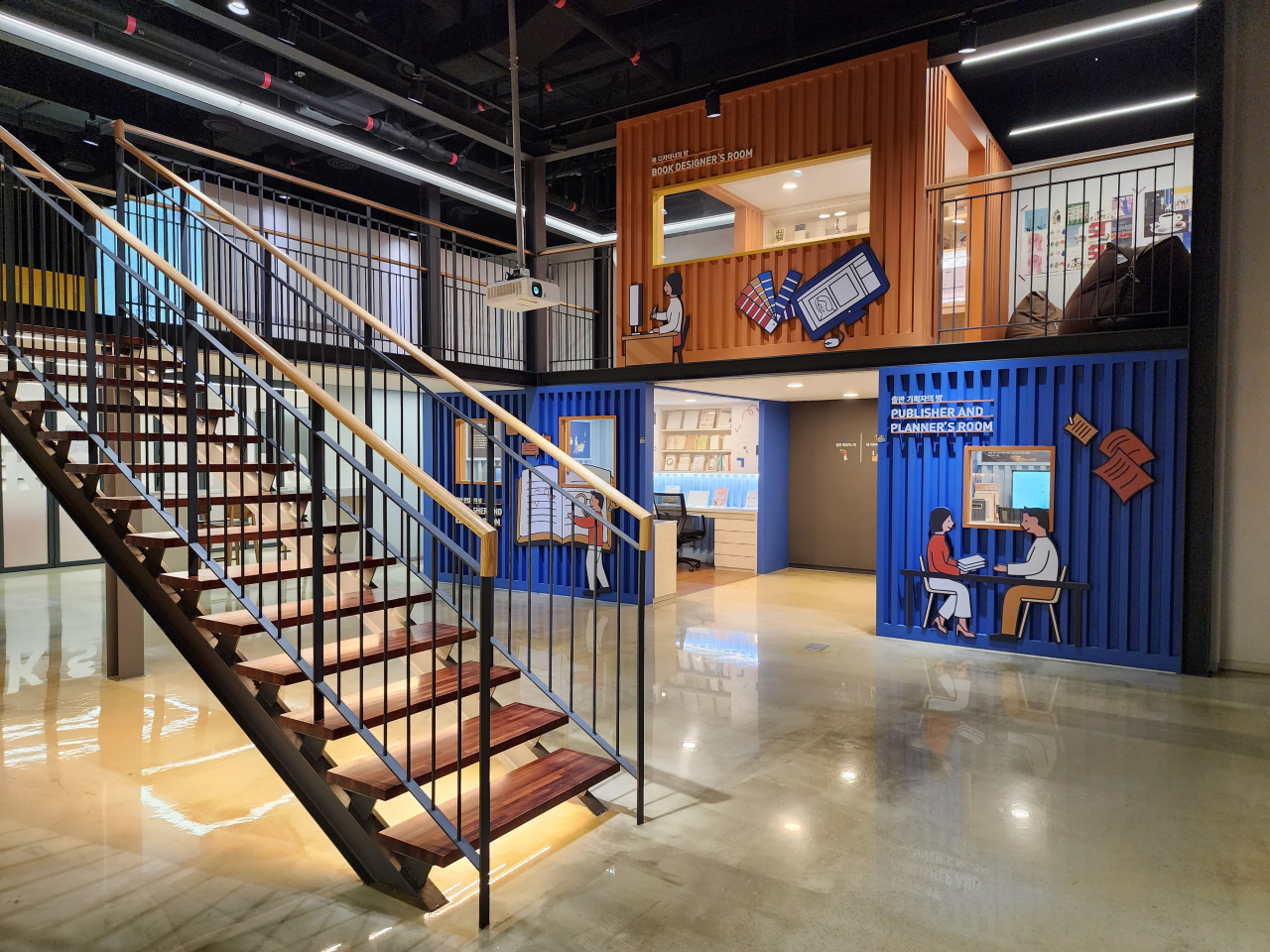
The last section highlights the process of how a book is created with special rooms featuring different concepts such as writer, publisher, editor and book designer. You can write your own story on squared manuscript papers, edit manuscripts, and make a cover for a book.
At the end of the exhibition, a letter press printing machine is showcased and you can make a bookmark by press printing two poems of your choice.
The museum opens from 10 a.m. to 6 p.m. from Tuesday to Sunday. Admission is free.




![[Herald Interview] 'Amid aging population, Korea to invite more young professionals from overseas'](http://res.heraldm.com/phpwas/restmb_idxmake.php?idx=644&simg=/content/image/2024/04/24/20240424050844_0.jpg&u=20240424200058)







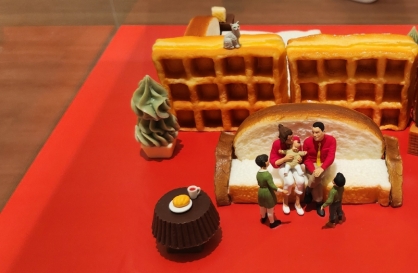
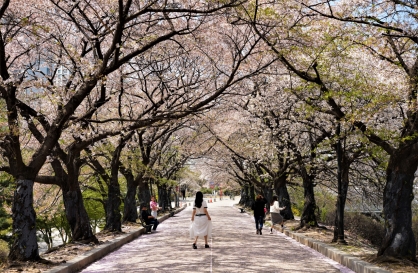
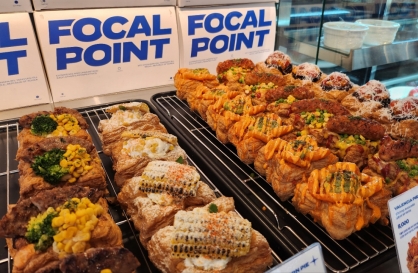
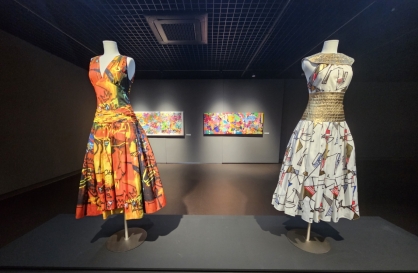
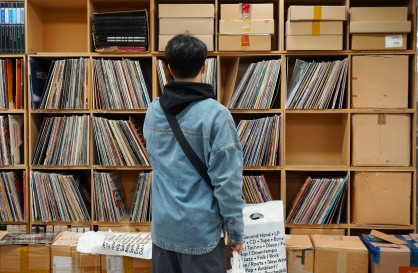

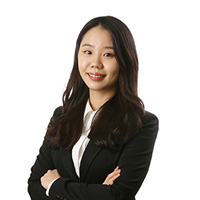
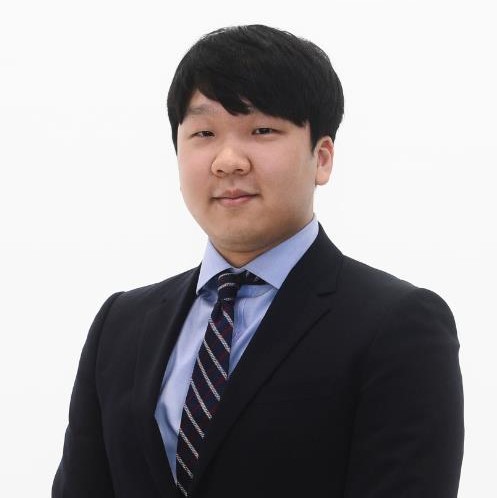
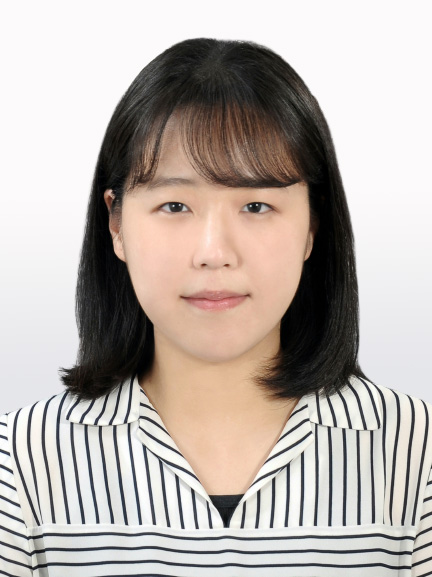



![[KH Explains] Korean shipbuilding stocks rally: Real growth or bubble?](http://res.heraldm.com/phpwas/restmb_idxmake.php?idx=652&simg=/content/image/2024/04/25/20240425050656_0.jpg&u=)

